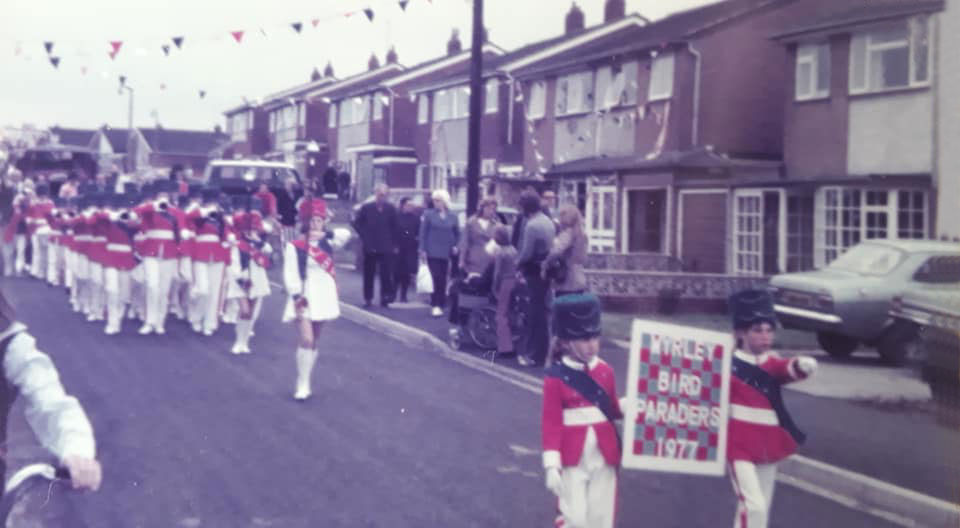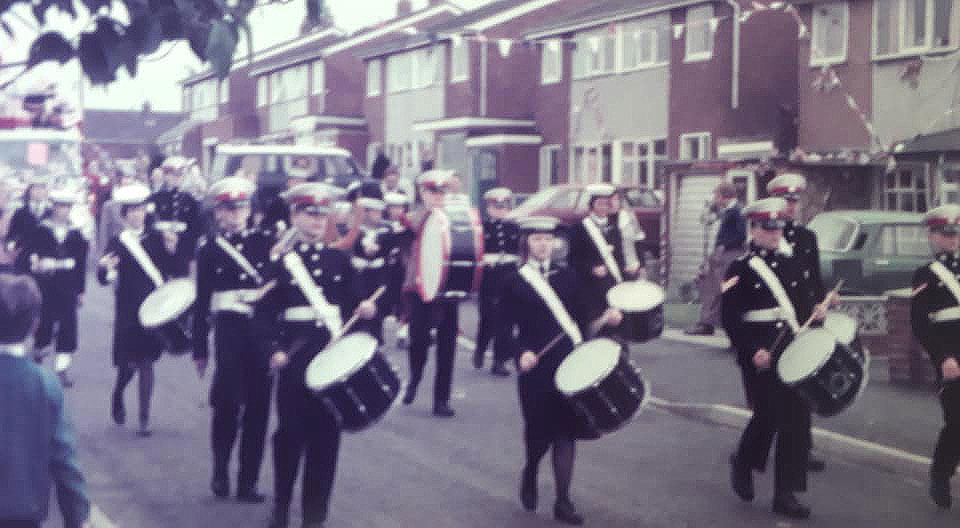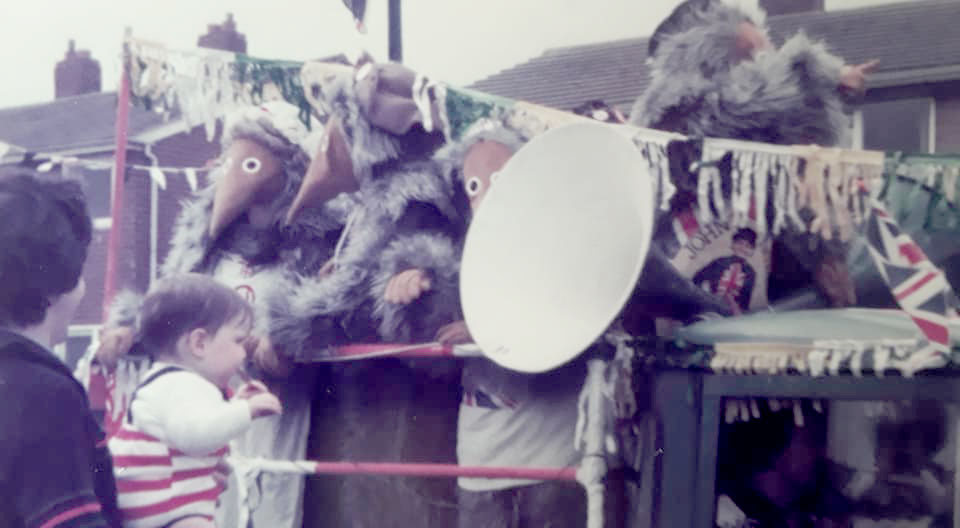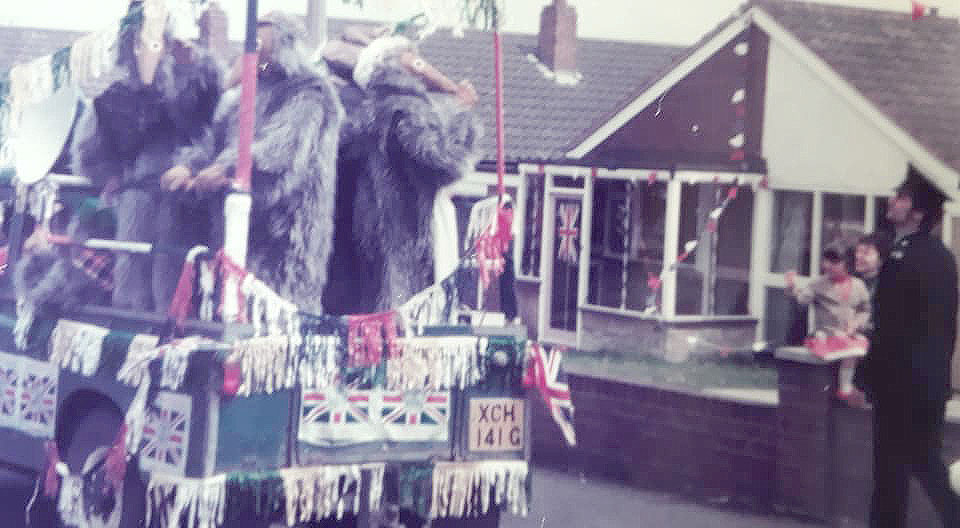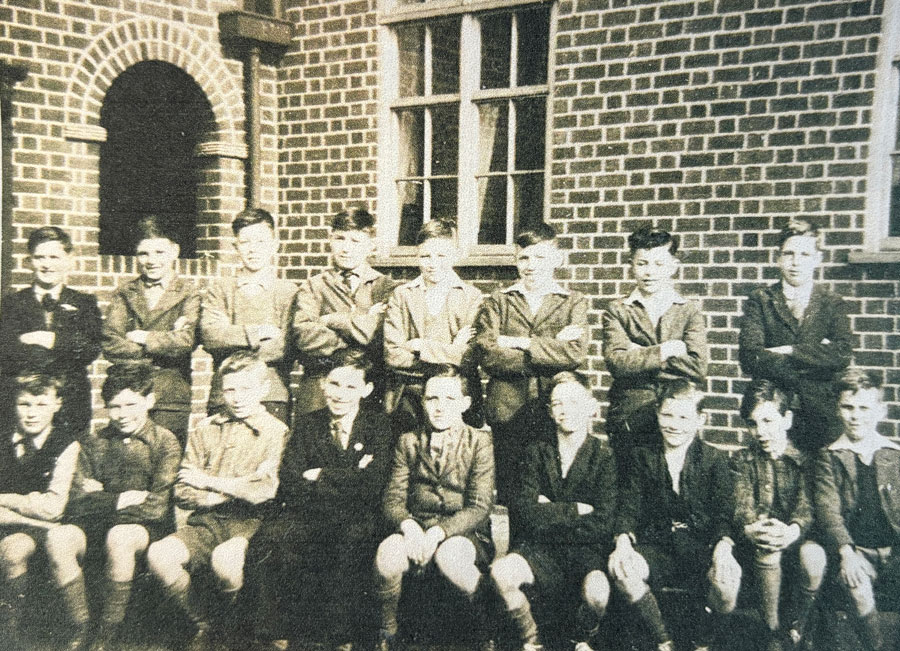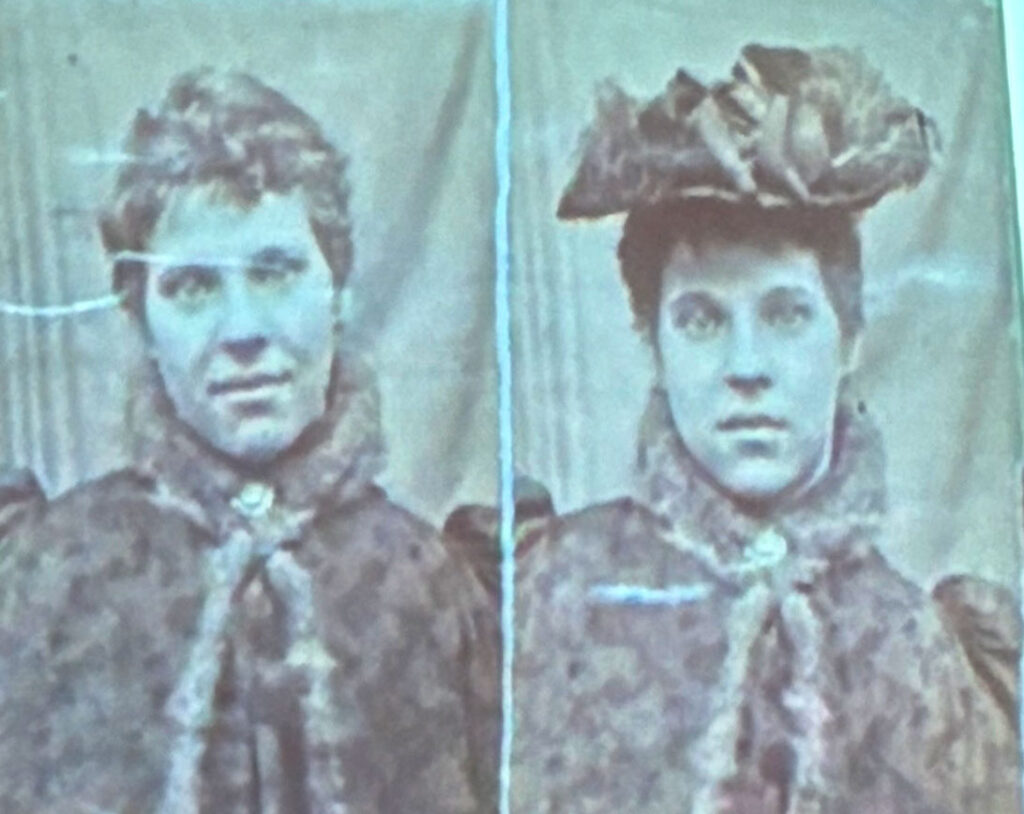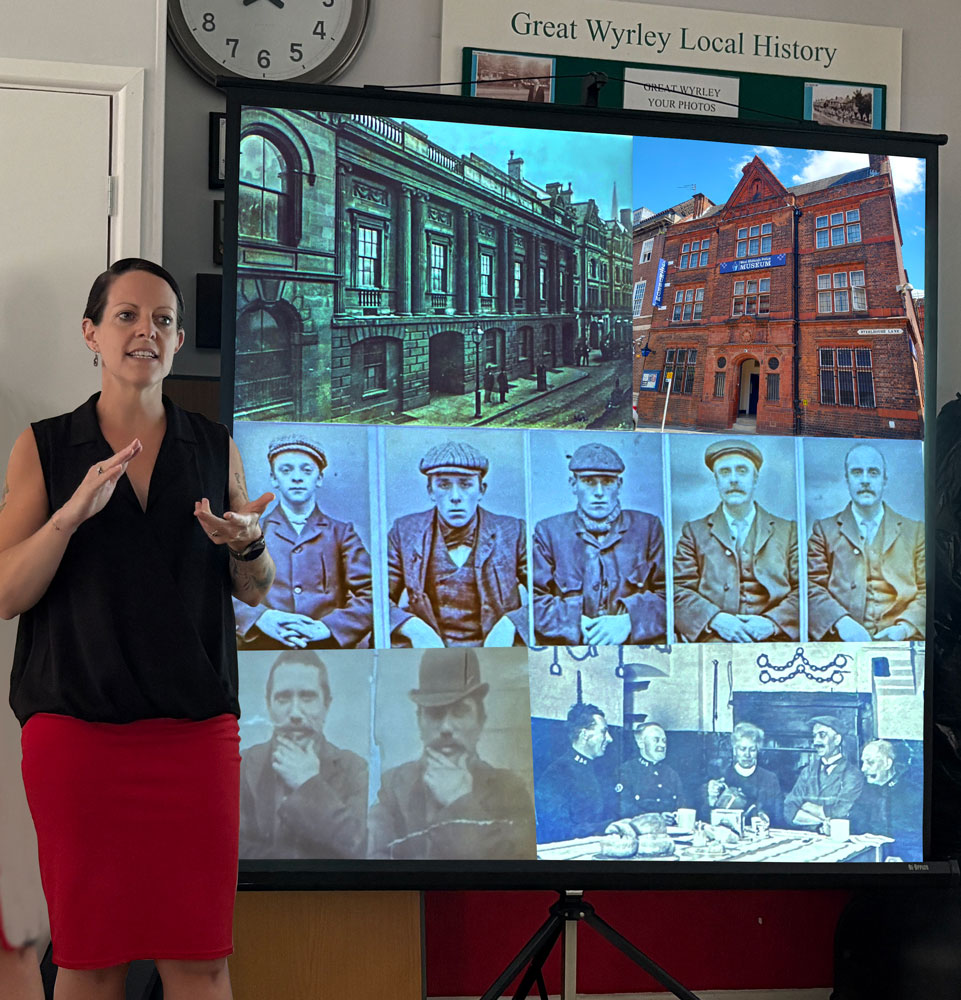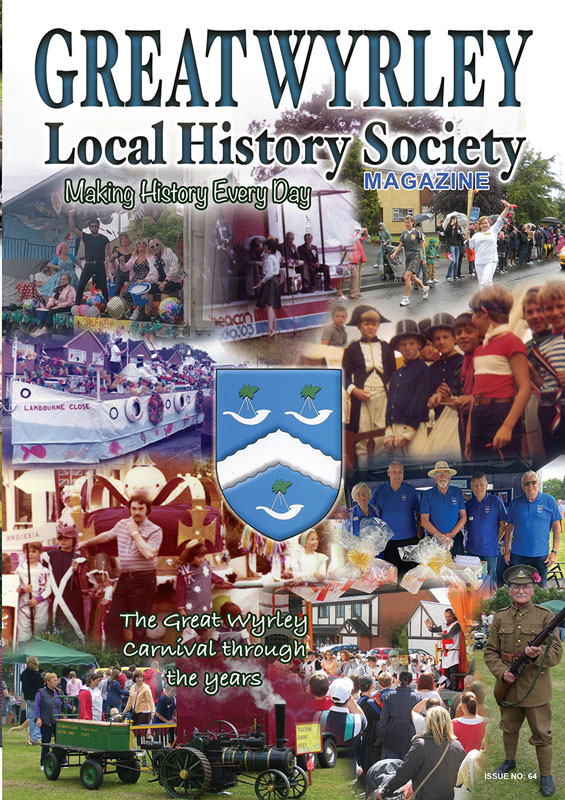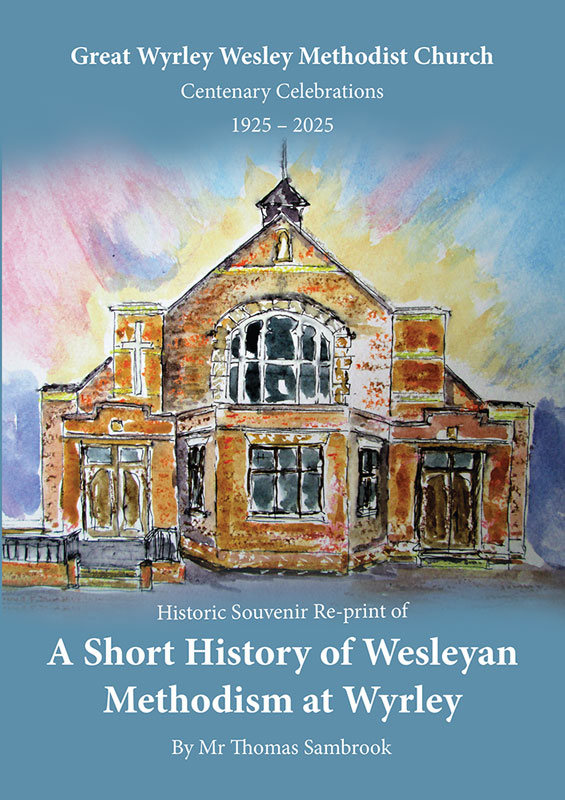Has it’s Carnival time, it’s nice to look back on previous carnivals. These photos are from 1977 when it was the Silver Jubilee. It’s lovely to see the Wyrley Birds marching band, we don’t see that anymore as part of the carnival. The Great Wyrley Carnival in 1977 was initially a one-off event to celebrate the Queen’s Silver Jubilee. It proved so popular that it became an annual tradition. The only years since then it hasn’t taken place, was during the Covid-19 pandemic for two years. The carnival at the time included a procession of floats(dressed up lorries) and marching bands.
Here’s a YouTube video from Great Wyrley Carnival 1977 Silver Jubilee, Alwyn Close Street Party – Tuesday 7th June 1977. What an amazing bit of video footage lasting 16.30 mins. It really gives a feel of the day and how Alwyn Close came together as a community to get the street dressed and join in on the party celebration.

